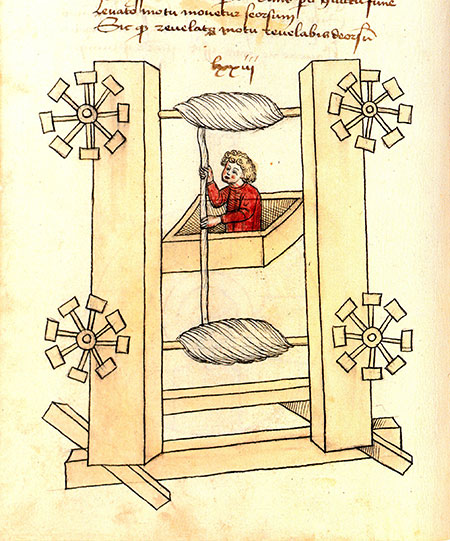A History of Elevators in The Home
For a long time, mankind has looked for new, efficient ways to make our lives easier. From the wheel to electricity, advances in industry and technology have enabled us to achieve what would have previously been thought impossible. One such invention that revolutionized transportation is the elevator. Taken for granted today, the elevator is something that allowed us to take to the skies; no longer were we limited to having buildings with only a couple floors. As the world’s population exploded, it was necessary for our survival to make taller and taller structures to hold us.
For the most part, elevators were a simplistic lift device, with some sort of counterweight to balance the load. It wasn’t until 1852 that Elisha Otis invented the safety lift, which implemented a device that would lock in place should the cables ever break down. In part due to the increased safety measures and better medical care, it didn’t take long before elevators were installed for personal use in the home.
For a long time, installing a lift in your house was a costly process, requiring a pulley system to be built and a full car and cables to be implemented. For this reason, home elevators were relegated to only the wealthy. However, as technology improves and adapts, putting a lift in your home is now a relatively reasonable expense. This is mostly in part because there is now a variety of options to choose from when deciding a lift for your needs. There are chair lifts, hydraulic lifts, pneumatic lifts, and the standard pulley system. Because of the variety of options, lifts are available where previously it would not have been an option. Many lifts can fit within a smaller space, allowing anyone to install an elevator, no matter what their situation.
Today, there are companies that can provide a simple tube lift for only a few thousand dollars. A company based in Argentina has perfected the pneumatic model, allowing a single unit to be installed quickly and relatively inexpensively. The elevator uses vacuum technology to ascend and descend the cab, making it quieter, smaller and more versatile than traditional lifts. As demand increases with the large amount of baby boomers reaching retirement age, the technology will only get better and less expensive. There could be a day when an in home lift could be as common as a fireplace.







There are no comments yet, but you can be the first